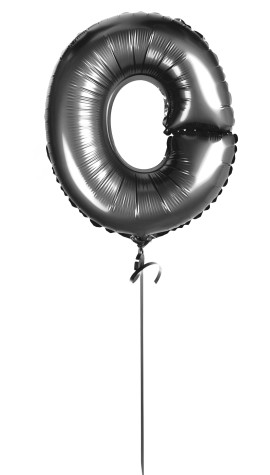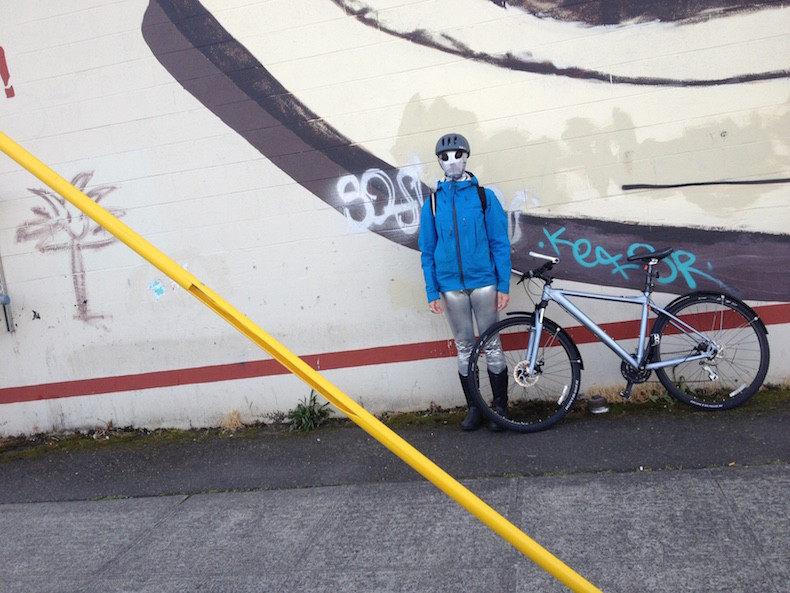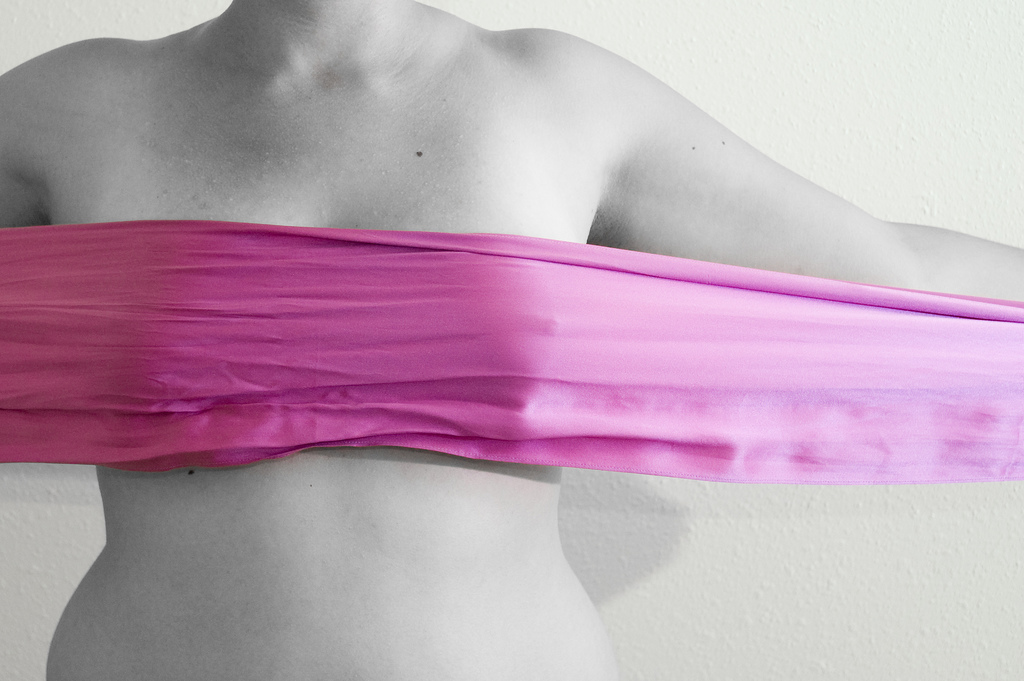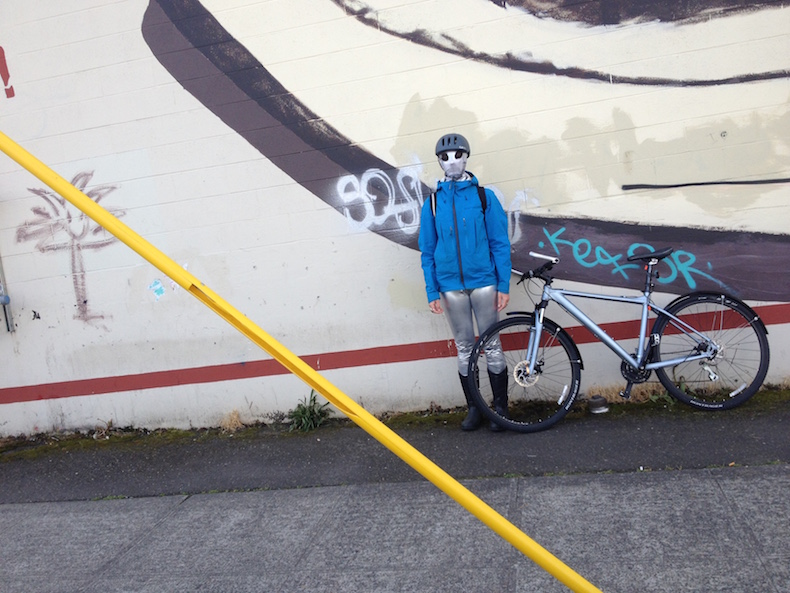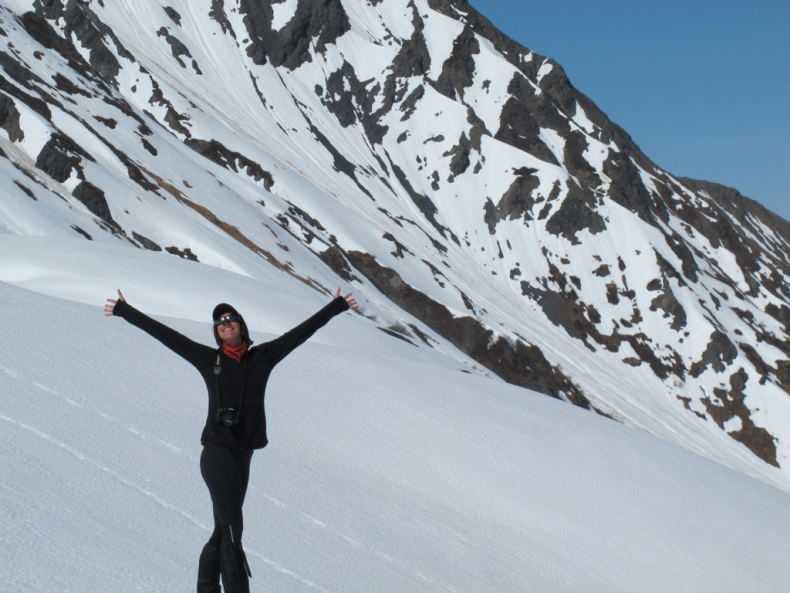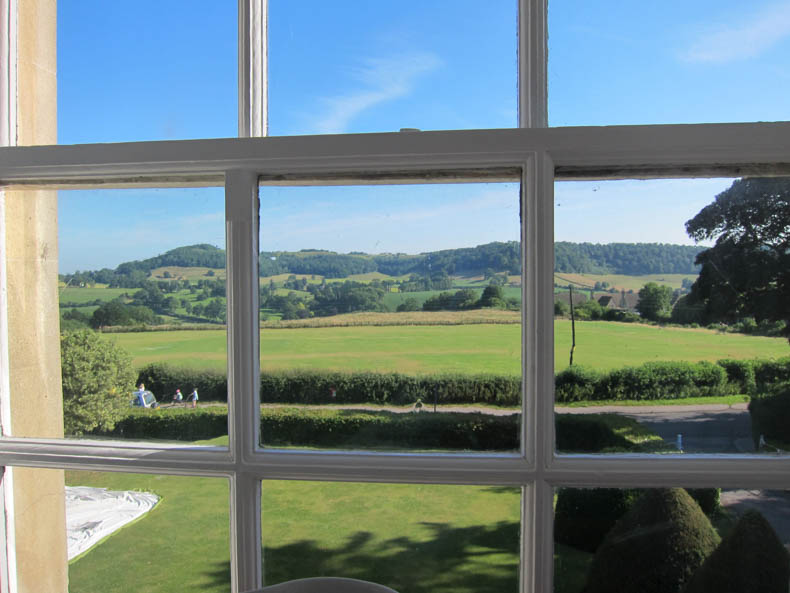
I love walking.
This seems like such a silly thing to say, like “I love breathing.” We’re humans, you and me. Walking is our thing. Being bipedal makes us us. But walking is also an activity that I love. It takes me places, it shows me things, it gives me ideas, it calms my nerves. So I was pleased to discover that someone had written a whole book about it: Wanderlust: A History of Walking, by Rebecca Solnit, published in 2000.
In her chapter on Pilgrimage, Solnit mentions the idea of a liminal state. This is an in-between place, where you don’t have family responsibilities or rank; instead of your regular life, you are in a state of possibility. It comes from the Latin limin, threshold. When you’re a pilgrim, you have stepped out of the secular world, over the threshold into this other world.
